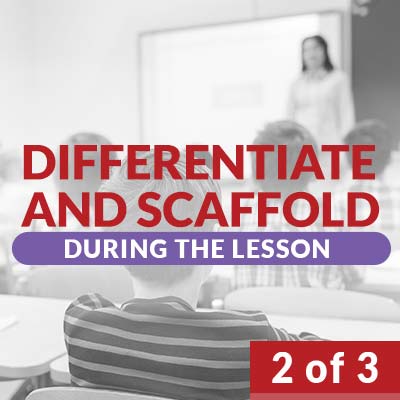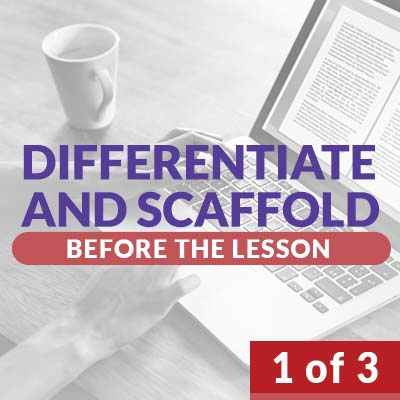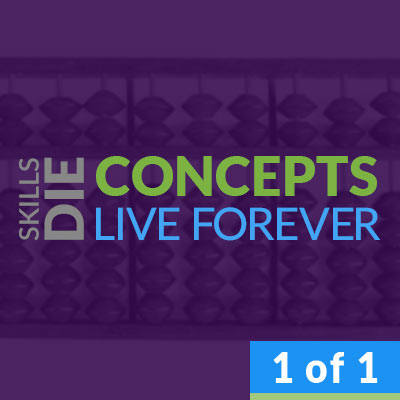John is the president and co-founder of DataWORKS. With his varied background as a systems analyst, engineer, and musician, John has applied his analytical and presenting skills to the field of education, transforming lives with his insights into the teaching process. He and his wife Silvia Ybarra have pioneered research-based teaching strategies, known as Explicit Direct Instruction, which have received praise from teachers worldwide. John has published numerous articles, trained thousands of educators, and presented at many conferences. His mastery of lesson delivery is inspiring to educators. He and Silvia are co-authors of two books on teaching.
I have been working with high schools with high percentages of English Learners. In many classrooms, lessons were being taught in English and then retaught in Spanish. The English Learners did not participate in the English lesson as they waited for the Spanish version, and they ended up using any English while in class. I…
I have been working with schools with very high percentages of English Learners. Classes were being taught in English and then retaught in Spanish. Were the English Learners using any English? No, they sat and waited for the Spanish translations. When I started my rounds of K to 12 Explicit Direct Instruction demo lessons, I…
How to Differentiate and Scaffold – after teaching including RTIPlan for success after teaching All students successful Suppose you have already retaught, and a few students still aren’t ready. You have reached 80% success but are worried about the last few students. Naturally, you want all your students to be successful, but it’s not efficient…
How to Differentiate and Scaffold – while teachingPlan for success during the lesson In a prior blog, we talked about differentiating and scaffolding when designing lessons. Differentiation refers to the idea of modifying instruction to meet a student’s individual needs and learning styles. Scaffolding refers to modifications you make while designing and teaching lessons that…
How to Differentiate and Scaffold – before teachingPlan for success before the lesson There are differences between differentiation and scaffolding. Differentiation refers to the idea of modifying instruction to meet a student’s individual needs and learning styles. Scaffolding refers to modifications you make while designing and teaching lessons that allow all students to be successful…
Skills Die. Concepts Live Forever.How to Design Great Concept Development Ten thousand years ago people added with their fingers. Four thousand years ago they used an abacus. In the 1960s–calculators. Today, you can tell your cellphone to do the math for you. Although how to add has changed, whether you need to use addition, subtraction,…
An Interview with Mr. John Hollingsworth and Dr. Silvia Ybarra Interviewed by: Bao Tianren (National Basic Foreign Language Teaching Research Centre, Beijing 100081, China) Background of DataWORKS Educational Research Company Bao Tianren (BAO): Mr. Hollingsworth, thank you very much for inviting me to the States. We had several rounds of talks during the 50th TESOL…
check out our Facebook page www.facebook.com/dataworksed.
There are many specific strategies you can use that contribute to effective and successful Pair-Sharing. (1) Desk Arrangement. Desks need to be suitably arranged so students have physical access to their pair-share partner. Move the desks if necessary. Most teachers are sliding rows of desks closer together. Also, students need to face the teacher to…
Pair-Shares are super important for multiple reasons. Here are fifteen reasons. Each one of them justifies the use of Pair-Shares. (1) Every student orally answers every question. Pair-Shares go beyond having students think of an answer. Now, all of them are actually saying the answer aloud. Think about it. Every student orally answers every question…










